Winter crops gardening might sound like an oxymoron, but trust me, it’s entirely possible to keep your garden thriving even when the snow starts to fall! Forget the barren landscape and the sad, empty pots – I’m here to show you how to extend your growing season and enjoy fresh, homegrown produce all winter long.
For centuries, resourceful gardeners in colder climates have employed clever techniques to coax life from the frozen ground. Think of the root cellars of old, carefully storing harvests to sustain families through the long, dark months. While we might not need to rely solely on our gardens for survival anymore, the satisfaction of harvesting your own food in the dead of winter is incredibly rewarding.
Let’s face it, those supermarket tomatoes in January just don’t cut it. They lack the flavor and vibrancy of a sun-ripened summer fruit. That’s where these DIY tricks come in! I’m going to share some simple, effective methods for winter crops gardening that anyone can implement, regardless of their experience level. From choosing the right plants to building simple protective structures, I’ll guide you through the process step-by-step. Get ready to ditch the bland, store-bought veggies and embrace the deliciousness of homegrown goodness, even when Jack Frost is nipping at your nose!
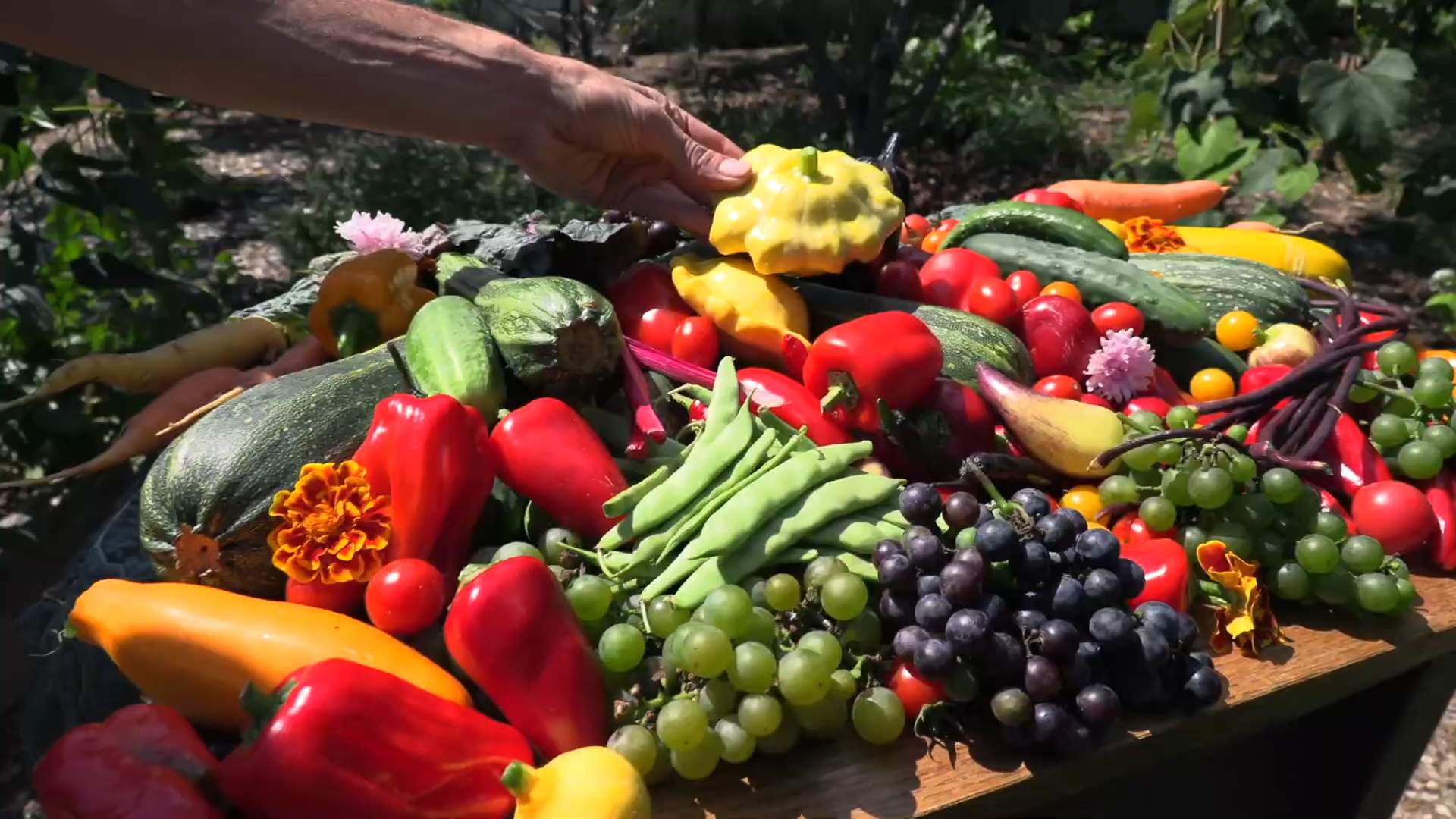
DIY Winter Crop Gardening: Extend Your Harvest!
Hey there, fellow gardening enthusiasts! Don’t let the frosty weather put a stop to your green thumb activities. With a little planning and effort, you can enjoy fresh, homegrown veggies even in the dead of winter. I’m going to walk you through everything you need to know to successfully grow winter crops, from choosing the right plants to protecting them from the elements. Let’s get started!
Choosing the Right Winter Crops
The key to successful winter gardening is selecting plants that can tolerate cold temperatures. Here’s a list of some of my favorite winter crops, along with some tips for each:
* Leafy Greens: These are generally the easiest to grow in winter.
* Spinach: A super hardy option that can withstand freezing temperatures.
* Kale: Another cold-hardy green that actually tastes sweeter after a frost.
* Lettuce (especially cold-hardy varieties like ‘Winter Density’): Choose varieties specifically bred for winter growing.
* Arugula: Adds a peppery kick to your winter salads.
* Mustard Greens: Offer a spicy flavor and are quick to mature.
* Root Vegetables: These store well and provide essential nutrients during the colder months.
* Carrots: Plant early enough so they can mature before the ground freezes solid.
* Beets: Similar to carrots, beets need time to develop before winter sets in.
* Radishes: A fast-growing option that can be harvested throughout the winter.
* Turnips: Both the roots and the greens are edible.
* Parsnips: These actually improve in flavor after a frost.
* Brassicas: These are part of the cabbage family and are known for their cold hardiness.
* Cabbage: Choose winter-hardy varieties like ‘January King’.
* Broccoli: Plant early enough so it can mature before the coldest weather arrives.
* Cauliflower: Similar to broccoli, cauliflower needs a head start.
* Brussels Sprouts: These can be harvested throughout the winter.
* Kohlrabi: A unique vegetable with a mild, slightly sweet flavor.
* Other Vegetables:
* Garlic: Plant garlic cloves in the fall for a harvest the following summer.
* Onions (especially bunching onions): Plant sets in the fall for an early spring harvest.
* Leeks: These can withstand cold temperatures and provide a mild onion flavor.
Preparing Your Garden Bed
Proper soil preparation is crucial for successful winter gardening. Here’s what I do to get my garden bed ready:
* Clear the Area: Remove any weeds, debris, or leftover plants from the previous season.
* Amend the Soil: Add plenty of compost or well-rotted manure to improve soil fertility and drainage. Winter crops need nutrient-rich soil to thrive.
* Check the pH: Most vegetables prefer a slightly acidic to neutral soil pH (around 6.0 to 7.0). You can test your soil with a home testing kit or send a sample to your local extension office.
* Consider Raised Beds: Raised beds offer better drainage and can warm up faster in the spring, making them ideal for winter gardening.
Step-by-Step Planting Guide
Now that you’ve chosen your crops and prepared your garden bed, it’s time to get planting!
1. Check Planting Dates: This is super important! Consult your local planting calendar to determine the best time to plant your chosen crops. You’ll want to plant early enough so they have time to establish themselves before the first frost.
2. Sow Seeds or Transplant Seedlings: You can either sow seeds directly into the garden bed or transplant seedlings that you’ve started indoors. I often start my leafy greens indoors to get a head start.
3. Space Plants Properly: Follow the spacing recommendations on the seed packet or plant tag. Proper spacing allows for good air circulation and prevents overcrowding, which can lead to disease.
4. Water Thoroughly: After planting, water the soil thoroughly to help the seeds or seedlings establish their roots.
5. Mulch the Soil: Apply a layer of mulch around your plants to help retain moisture, suppress weeds, and insulate the soil. I like to use straw, shredded leaves, or wood chips.
Protecting Your Winter Crops
Winter weather can be harsh, so it’s important to protect your crops from the elements. Here are some strategies I use:
* Cold Frames: These simple structures provide a sheltered environment for your plants, protecting them from frost, wind, and snow. You can build your own cold frame using scrap wood and plastic sheeting, or purchase a pre-made one.
* Row Covers: These lightweight fabrics are draped over your plants to provide insulation and protection from pests. They’re easy to install and remove as needed.
* Cloches: These are individual covers that protect individual plants. You can use glass jars, plastic containers, or specially designed cloches.
* Mulch: As mentioned earlier, mulch helps insulate the soil and protect the roots of your plants.
* Watering: Water your plants regularly, even in winter, but be careful not to overwater. Water in the morning so the foliage has time to dry before nightfall.
* Snow Cover: Believe it or not, snow can actually be beneficial to your winter crops. It acts as a natural insulator, protecting plants from extreme cold.
Harvesting Your Winter Crops
One of the best parts of winter gardening is harvesting your own fresh produce!
* Harvest Regularly: Harvest your crops as they mature. Regular harvesting encourages continued growth.
* Harvest in the Morning: Harvest your crops in the morning, after the frost has thawed.
* Handle with Care: Be gentle when harvesting your crops to avoid damaging them.
* Store Properly: Store your harvested crops in a cool, dry place. Root vegetables can be stored in a root cellar or refrigerator. Leafy greens should be washed and stored in a plastic bag in the refrigerator.
Troubleshooting Common Winter Gardening Problems
Even with the best planning, you may encounter some challenges when winter gardening. Here are some common problems and how to address them:
* Frost Damage: If frost is predicted, cover your plants with row covers, cloches, or blankets. You can also water your plants before a frost, as this can help protect them from damage.
* Pest Problems: Winter pests can be a nuisance. Inspect your plants regularly for signs of pests and take appropriate action. You can use organic pest control methods, such as insecticidal soap or neem oil.
* Disease Problems: Overcrowding and poor air circulation can lead to disease problems. Make sure your plants are properly spaced and provide good ventilation. Remove any diseased leaves or plants immediately.
* Slow Growth: Winter crops tend to grow more slowly than summer crops due to the colder temperatures and shorter days. Be patient and provide your plants with adequate water, nutrients, and sunlight.
Specific Crop Instructions
Let’s dive into some more specific instructions for growing some popular winter crops:
Spinach
1. Planting: Sow spinach seeds directly into the garden bed in late summer or early fall. Plant seeds about ½ inch deep and 1 inch apart.
2. Care: Keep the soil moist but not waterlogged. Fertilize with a balanced fertilizer every few weeks.
3. Protection: Protect from frost with row covers or a cold frame.
4. Harvest: Harvest spinach leaves as needed, starting with the outer leaves.
Kale
1. Planting: Start kale seeds indoors 6-8 weeks before the first frost or sow directly into the garden bed in late summer or early fall. Plant seeds about ½ inch deep and 1 inch apart.
2. Care: Kale prefers well-drained soil and full sun. Fertilize with a nitrogen-rich fertilizer every few weeks.
3. Protection: Kale is very cold-hardy, but you can protect it from extreme cold with row covers or a cold frame.
4. Harvest: Harvest kale leaves as needed, starting with the outer leaves. The flavor of kale actually improves after a frost.
Carrots
1. Planting: Sow carrot seeds directly into the garden bed in late summer. Plant seeds about ¼ inch deep and ½ inch apart.
2. Care: Carrots need well-drained soil and full sun. Thin seedlings to 2-3 inches apart.
3. Protection: Mulch the soil around the carrots to help insulate them from the cold.
4. Harvest: Harvest carrots when they reach the desired size. You can leave them in the ground until you’re ready to use them,
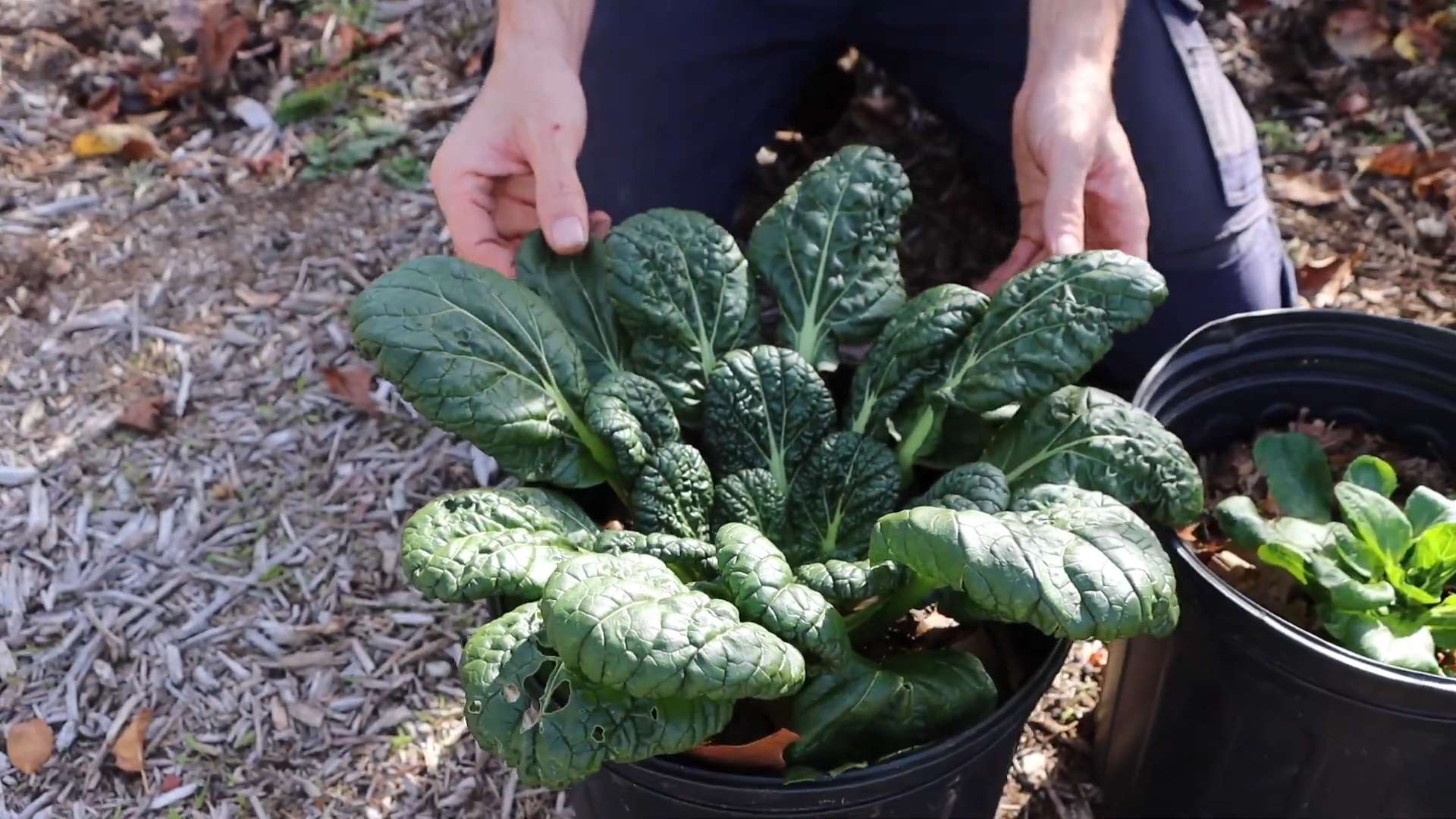
Conclusion
So, there you have it! Mastering the art of extending your harvest with these simple DIY tricks for winter crops gardening is not just a possibility, it’s a game-changer. Imagine fresh, vibrant greens gracing your table even as the snow falls outside. No more relying solely on expensive, often lackluster, supermarket produce during the colder months. This isn’t just about saving money; it’s about connecting with the natural world, nurturing your own food source, and enjoying the unparalleled flavor of homegrown vegetables.
This method offers a level of control and customization that you simply can’t achieve with store-bought options. You know exactly what’s going into your food – no hidden pesticides, no long-distance transportation, just pure, unadulterated goodness.
But the benefits extend beyond the plate. Gardening, in general, is a fantastic stress reliever. The simple act of tending to your plants, watching them grow, and harvesting the fruits (or vegetables!) of your labor can be incredibly therapeutic. And when you’re doing it in the winter, it’s a welcome reminder of the life and abundance that exists even during the seemingly dormant season.
Don’t be afraid to experiment! Try different types of row covers to see what works best in your specific climate. Consider using cold frames or even a small greenhouse for even greater protection. You can also explore different varieties of winter-hardy vegetables to find your favorites. Some popular choices include kale, spinach, collard greens, lettuce, and even certain types of onions and garlic.
Remember, the key to successful winter crops gardening is preparation and protection. Start planning your winter garden well in advance, choose the right varieties, and provide adequate protection from the elements. With a little effort, you can enjoy a bountiful harvest all winter long.
We encourage you to give these DIY tricks a try. Even if you’re a beginner gardener, you’ll be surprised at how easy and rewarding it can be. And once you’ve experienced the joy of harvesting your own fresh vegetables in the middle of winter, you’ll never look back.
We’d love to hear about your experiences! Share your successes, your challenges, and any tips you’ve learned along the way in the comments below. Let’s create a community of winter gardening enthusiasts and help each other grow! What are you waiting for? Get out there and start planting!
Frequently Asked Questions (FAQ)
What exactly are “winter crops” and what can I realistically grow?
Winter crops are vegetables that are hardy enough to withstand cold temperatures and even frost. They are typically planted in late summer or early fall and harvested throughout the winter months. Some of the most popular and reliable winter crops include:
* **Leafy Greens:** Kale, spinach, collard greens, lettuce (especially winter varieties), arugula, and Swiss chard are all excellent choices. They are relatively easy to grow and provide a continuous harvest of fresh greens.
* **Root Vegetables:** Carrots, parsnips, turnips, and beets can also be grown in the winter, although they may require more protection from the cold. They store well in the ground and can be harvested as needed.
* **Brassicas:** Broccoli, cauliflower, cabbage, and Brussels sprouts are all members of the brassica family and can tolerate cold temperatures. They may require a longer growing season, so it’s important to start them early.
* **Onions and Garlic:** These are incredibly hardy and can be planted in the fall for a spring harvest. They require very little maintenance and are a great addition to any winter garden.
* **Cover Crops:** While not directly edible, cover crops like rye, oats, and clover can be planted in the fall to protect the soil and add nutrients. They can be tilled into the soil in the spring to improve soil fertility.
The specific crops that you can grow will depend on your climate and the amount of protection you provide. In colder climates, you may need to use row covers, cold frames, or greenhouses to protect your plants from frost and snow.
How do I prepare my garden for winter crops gardening?
Preparing your garden for winter crops is crucial for success. Here’s a step-by-step guide:
1. **Soil Preparation:** Amend your soil with plenty of compost or other organic matter. This will improve drainage, provide nutrients, and help retain moisture.
2. **Timing is Key:** Plant your winter crops at the right time. This will vary depending on your climate and the specific crop. Generally, you want to plant them in late summer or early fall, so they have time to establish before the first frost.
3. **Choose the Right Location:** Select a location that receives at least six hours of sunlight per day. This is especially important during the winter months when the days are shorter.
4. **Consider Drainage:** Ensure that your garden has good drainage. Winter crops are susceptible to root rot if the soil is waterlogged.
5. **Protect Your Plants:** Use row covers, cold frames, or greenhouses to protect your plants from frost, snow, and wind. These structures will help to trap heat and create a more favorable growing environment.
6. **Mulch:** Apply a thick layer of mulch around your plants to help insulate the soil and retain moisture. Straw, hay, or shredded leaves are all good options.
What are row covers and how do I use them?
Row covers are lightweight fabrics that are used to protect plants from frost, insects, and wind. They are typically made of spun-bonded polypropylene and come in various weights. Lighter-weight row covers provide protection from insects and light frost, while heavier-weight row covers provide more protection from cold temperatures.
To use row covers, simply drape them over your plants and secure them to the ground with stakes, rocks, or soil. Make sure the row covers are loose enough to allow your plants to grow. You can also use hoops or wire supports to create a tunnel over your plants, which will provide even more protection.
Row covers are a versatile and affordable way to extend your growing season and protect your winter crops. They are easy to use and can be reused for several seasons.
What are cold frames and how do they work?
Cold frames are simple, unheated structures that are used to protect plants from cold temperatures. They are typically made of wood, plastic, or glass and have a hinged lid that can be opened and closed to regulate temperature.
Cold frames work by trapping heat from the sun during the day and releasing it slowly at night. This creates a warmer and more sheltered environment for your plants, allowing them to continue growing even in cold weather.
To use a cold frame, simply place it over your plants and close the lid during cold nights. On sunny days, open the lid to allow for ventilation and prevent overheating. You can also use a thermometer to monitor the temperature inside the cold frame and adjust the lid accordingly.
Cold frames are a great option for gardeners who want to extend their growing season and protect their winter crops from frost and snow. They are relatively easy to build or purchase and can be used for many years.
How often should I water my winter crops?
Watering winter crops requires a delicate balance. Overwatering can lead to root rot, especially in cold, damp conditions. Underwatering, on the other hand, can stress the plants and make them more susceptible to cold damage.
The best way to determine when to water is to check the soil moisture. Stick your finger into the soil about an inch deep. If the soil feels dry, it’s time to water. If it feels moist, wait a few more days.
When watering, water deeply and thoroughly, but avoid getting the foliage wet. This will help to prevent fungal diseases. Water in the morning so that the foliage has time to dry before nightfall.
During periods of heavy rain or snow, you may not need to water at all. In fact, it’s important to ensure that your garden has good drainage to prevent waterlogging.
What about pests and diseases in winter crops gardening?
While pests and diseases are generally less of a problem in the winter than in the summer, they can still occur. Here are some common pests and diseases that can affect winter crops:
* **Aphids:** These small, sap-sucking insects can infest leafy greens and other vegetables. They can be controlled with insecticidal soap or by handpicking them off the plants.
* **Slugs and Snails:** These pests can damage leaves and stems. They can be controlled with slug bait or by handpicking them off the plants.
* **Fungal Diseases:** Fungal diseases like powdery mildew and downy mildew can affect leafy greens and other vegetables. They can be prevented by providing good air circulation and avoiding overhead watering.
To prevent pests and diseases, it’s important to choose disease-resistant varieties, provide good air circulation, and avoid overwatering. You can also use organic pesticides and fungicides if necessary.
Can I grow winter crops in containers?
Yes, you can definitely grow winter crops in containers! In fact, container gardening can be a great way to protect your plants from the cold and make it easier to move them indoors if necessary.
When growing winter crops in containers, choose containers that are at least 12 inches deep and have good drainage holes. Use a high-quality potting mix and amend it with compost or other organic matter.
Choose varieties that are well-suited for container gardening, such as


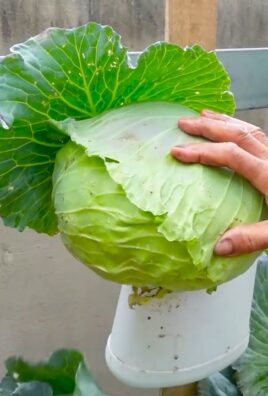
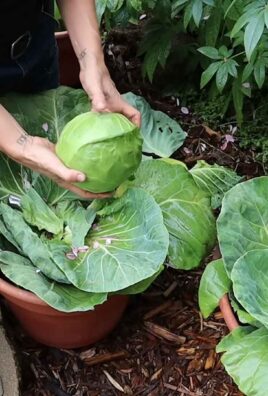
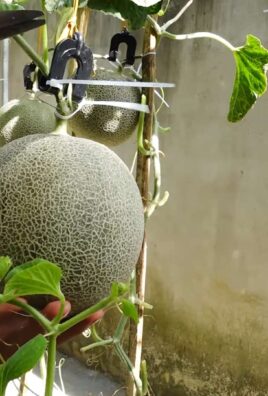
Leave a Comment